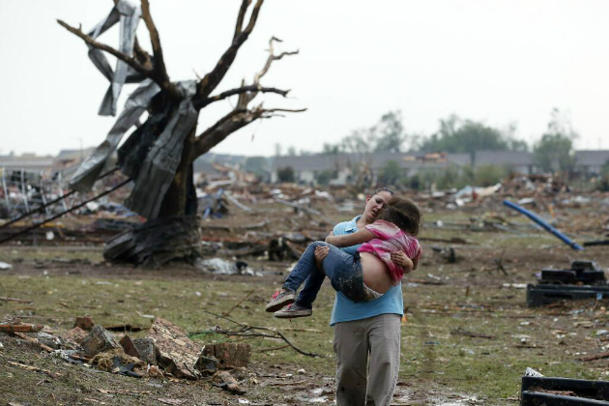A massive dome of high pressure, sometimes referred to as a "heat dome," has set up shop over Alaska, bringing all-time record temperatures just a few weeks after parts of the state had a record cold start to spring. In some cases, towns in Alaska were warmer on Monday and Tuesday than most locations in the lower 48 states.
 Forecast temperature anomalies on June 19 from the GFS computer model.
Forecast temperature anomalies on June 19 from the GFS computer model.Click image to enlarge. Credit: WeatherBell.com.
For example, Talkeetna set an all-time high temperature record of 96°F on Monday, smashing its previous mark of 91°F set a day earlier, and previously set in June of 1969. In fact, it was warmer in Talkeetna, which is about 110 miles north of Anchorage, than it was in Miami, based on data from the National Weather Service (NWS). (As Weather Underground's Christopher Burt notes, there was an unofficial observation of 98°F on Monday, which would rank among the hottest all-time temperature records for the state.)
In Valdez, which sits along the cool waters of Prince William Sound, the temperature reached a remarkable 90°F Monday, beating the previous all-time mark of 87°F. And in Seward, another coastal port, the temperature hit 88°F, breaking the previous all-time high of 87°F that was set on July 4, 1999.
Extreme heat was also felt across the interior of Alaska, where hot temperatures are expected to continue this week until the large high pressure area, or ridge in the jet stream, weakens and moves away. The heat, combined with low relative humidity and the chance for thunderstorms, is raising the risk of wildfires across parts of Alaska. A map of the upper level air flow at about 18,000 feet. The bright red area over Alaska corresponds to an unusually strong area of High Pressure bringing warmer-than-average temperatures.
A map of the upper level air flow at about 18,000 feet. The bright red area over Alaska corresponds to an unusually strong area of High Pressure bringing warmer-than-average temperatures.Credit: WeatherBell.com.




